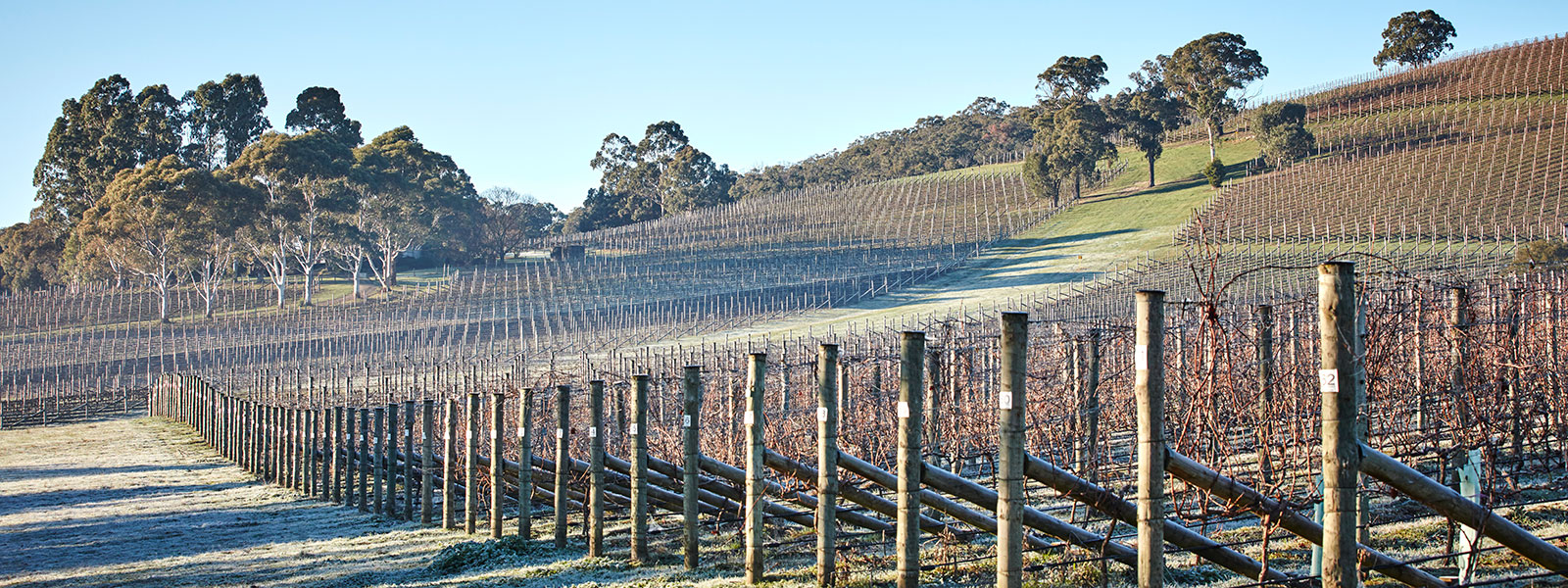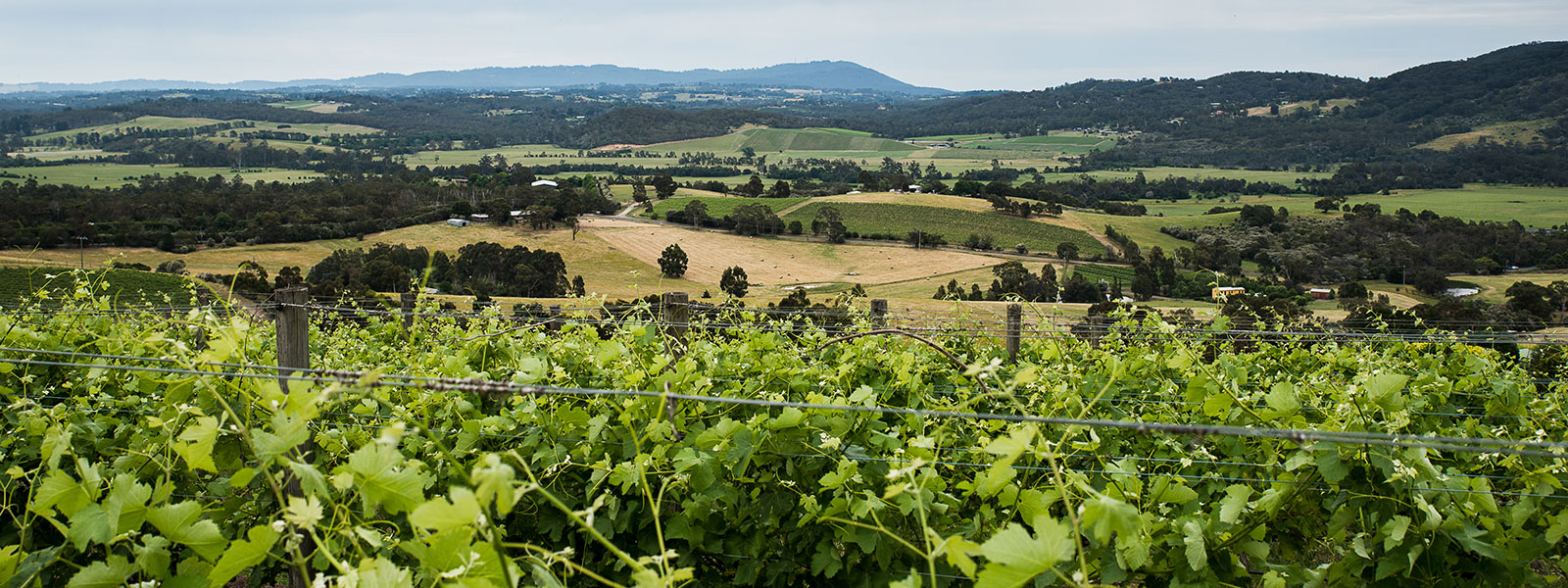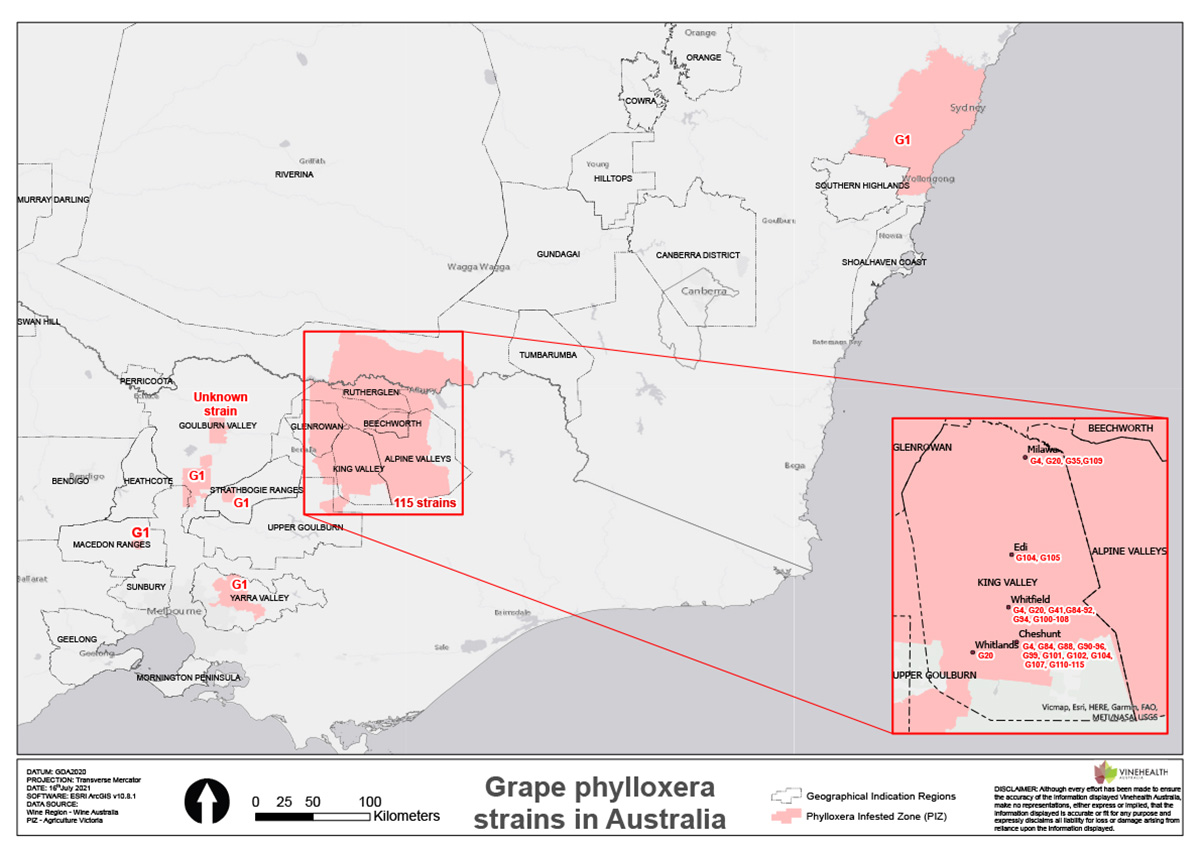| Resistance to crown gall (Agrobacterium) |
4 4,19,23,26 |
4,19,23,26 |
| Resistance to Cylindrocarpon sp. |
3 9,23,102,207 2 26 |
9,23,102,207,26 |
| Resistance to Fusarium sp. |
|
|
| Resistance to Phytophthora sp. |
|
|
| Resistance to Pythium sp. |
|
|
| Resistance to Rhizoctonia sp. |
|
|
| Resistance to Downy Mildew Plasmopara viticola |
|
|
| Resistance to Esca |
|
|
| Resistance to Botryosphaeriaceae species |
3 191 |
191 |
| Drought tolerance |
1 3,18,23,24,36,43,52,56,73,96,98,102,103,114,120,141,143,166,208 3 9,26,99,199,207 1 15 2 19,40,47,68,73,102,136,145,192 2-3 73 1-2 140,142 1-3 206 |
3,18,23,24,36,43,52,56,73,96,98,102,103,114,120,141,143,166,208,9,26,99,199,207,15 ,19,40,47,68,73,102,136,145,192,73,140,142,206 |
| Tendency to K+ deficiency (potassium absorption) |
4 30,58,172 3 163 |
30,58,172,163 |
| Scion grape juice pH |
1 15,33,57,61,62,74,95,176 2 30 3 33,116,119,128,141,186 4 76,169,171 |
5,33,57,61,62,74,95,176,30,33,116,119,128,141,186,76,169,171 |
| Scion grape juice TA |
1 33,119 2 30,75,116,128,171,186 3 33,190,201,202 4 33 |
33,119,30,75,116,128,171,186,33,190,201,202,33 |
| Scion grape juice Phenolics |
3 33,75 1 33 4 128 |
33,75,33,128 |
| Scion grape juice Anthocyanins |
3 33 1 33 4 75,82,202 3-4 141 |
33,33,75,82,202,141 |
| Scion grape juice chloride |
1 33,98,106,111,119,122,125,128 2 75,116 4 150 |
33,75,111,119,125,128,33,116,150,171,201,202 |
| Scion grape juice sodium |
1 33,75,111,119,125,128 3 33,116,150,171,201,202 |
33,75,111,119,125,128,33,116,150,171,201,202 |
| Scion grape juice Phosphorus |
3 171 |
171 |
| Scion grape juice Nitrogen |
3 33,172 1 33 |
33,172,33 |
| Scion grape juice Potassium |
3 33,88,96,174,171,201 4 58,141,169,202 1 15,33 |
33,88,96,174,171,201,58,141,169,202,15,33 |
| Tendency to Mg-deficiency |
4 18 3 88,163 |
18,88,163 |
| Nitrogen Uptake |
3 56 4 163 |
3,4,33,36,56,57,96,98,99,103,128,186,202 |
| Effects on maturity (dependant on crop load) |
*A 3,4,33,36,56,57,96,98,99,103,128 *D 202 |
3,4,33,36,56,57,96,98,99,103,128,202 |
| Yield |
3 96,119,141,171,185,207 4 57,68,76,96,98 1 116,180,66 2 75,127,128,186,190 |
96,119,171,185,207,57,68,76,96,98,66,116,180,75,127,128,186,190,141 |
| Rooting depth |
1 3 |
3 |
| Vegetative Cycle |
*S 18,23,34,52,56,98 |
18,23,34,52,56,98 |
| Vigour conferred to scion (dependant on vine management and best practise viticulture) |
1 23,66,96,186,206 3 3,19,40,56,57,98,99,127,143,177,185 2-3 4,24,142 2 15,18,26,52,68,102,103,166,180,190,208 4 76,207 |
3,66,96,186,206,3,19,40,56,57,98,99,127,143,177,185,4,24,142,15,18,26,52,68,102,103,166,180,190,208,76,207 |
| Improves fruit set (&/or fertility) |
4 96 |
96 |
| Nematode Resistance |
3 36,57,103,207 2 52 4 208 |
36,57,103,207,52,208 |
| Citrus nematode resistance (Tylenchulus semipenetrans) |
2 30 4 33 1 96 |
30,33, 96 |
| Dagger nematode resistance (Xiphinema index) |
3 9,15,102 1 40 |
9,15,102,40 |
| Pin Nematode Resistance (Criconemella Xenoplax) |
2 33 3 33 4 33 |
33 |
| Root lesion nematode resistance (Pratylenchus spp.) |
3 9,15,30,33,102 1 40,96 |
9,15,30,33,102,40,96 |
| Rootknot nematode resistance (Meloidogyne spp.) |
3 3,4,15,19,26,99,102 4 9,18,24,30,33,40,96 2 98 |
3,4,15,19,26,99,102,9,18,24,30,33,40,96,98 |
| Rootknot Nematode resistance. (M. arenaria) - aggressive |
3 45 |
45 |
| Rootknot Nematode resistance. (M. javanica) - 'standard' population |
3 45 5 114,117,160,194 4 161 |
45,114,117,160,194,161 |
| Rootknot Nematode resistance. (M. incognita) |
1&5 160 5 194 |
160,194 |
| Phylloxera resistance |
4 3,4,9,15,23,36,40,57,74,99,102,104,166,206 3 19,26,207 |
3,4,9,15,23,36,40,57,74,99,102,104,166,206,19,26,207 |
| Phylloxera resistance on leaves (ie tolerance to phylloxera leaf galls) |
|
|
| Phylloxera resistance to genotype 1 |
5 165 4-5 210 |
165,210 |
| Phylloxera resistance to genotype 4 |
5 113,165,210 |
113,165,210 |
| Phylloxera resistance to genotype 7 |
5 165 4-5 210 |
165,210 |
| Phylloxera resistance to genotype 19 |
5 165 4-5 210 |
165,210 |
| Phylloxera resistance to genotype 20 |
3 165 4-5 210 |
165,210 |
| Phylloxera resistance to genotype 30 |
5 165 4-5 210 |
165,210 |
| Phylloxera resistance to genotype 38 |
1-2 |
|
| Ease of bench grafting |
4 3,32,57,103 2 52 |
3,32,57,103,52 |
| Ease of rooting |
4 3,57,103,166 3 26,52 5 102 |
3,57,103,166,26,52,102 |
| Affinity with V. vinifera |
3 26,206 2 36,52 |
26,206,36,52 |
| Tolerance to saline soils |
4 3,4,19,26,33,40,57,74,76,98,99,102,206,208 5 23,207 2 68 3-4 96
3 60,182 1 36 |
3,4,19,26,33,40,57,74,76,98,99,102,206,208,15,99 5 23,207 3 60,182,68,96,60,182,36 |
| Salt Tolerance Index |
3 128 |
128 |
| Tolerance to soil acidity |
1 3,13,18,19,56,96,98,102 4 207 |
3,13,18,19,56,96,98,102,207 |
| Tolerance to waterlogging |
4 3,26,36,57 3-4 4,68 3 9,18,24,52,56,205,208 1 12,23,96,98 2 19 5 207 |
3,26,36,57,4,68,9,18,24,52,56,205,208,12,23,96,98,19,207 |
| Lime tolerance (% = active lime). Lime-induced chlorosis = iron chlorosis |
1 15,56,68,74,166,206,207 2 73,96,159 3 3,4,18,19,40,57,88,98,99,102 11% 32 9% 36,52,68,73,96,98 |
15,56,68,74,166,206,207,73,96,159,3,4,18,19,40,57,88,98,99,102,32,36,52,68,73,96,98 |
| Other Characteristics |
Shallow root system 145. Long term exposure to moderately saline soil (saturation paste EC 2-6 dS/m) may result in high levels of Cl and Na in grape juice 60,116. Moderate yields in cool & warm climates, high yield in hot climates 96. |
145,60,116,96 |
| Information |
|
|
| *Notes |
Effects on maturity: A = Advance; D = Delay
Vegetative cycle: L = Long; VL = Very Long; M = Medium; S = Short |
|



